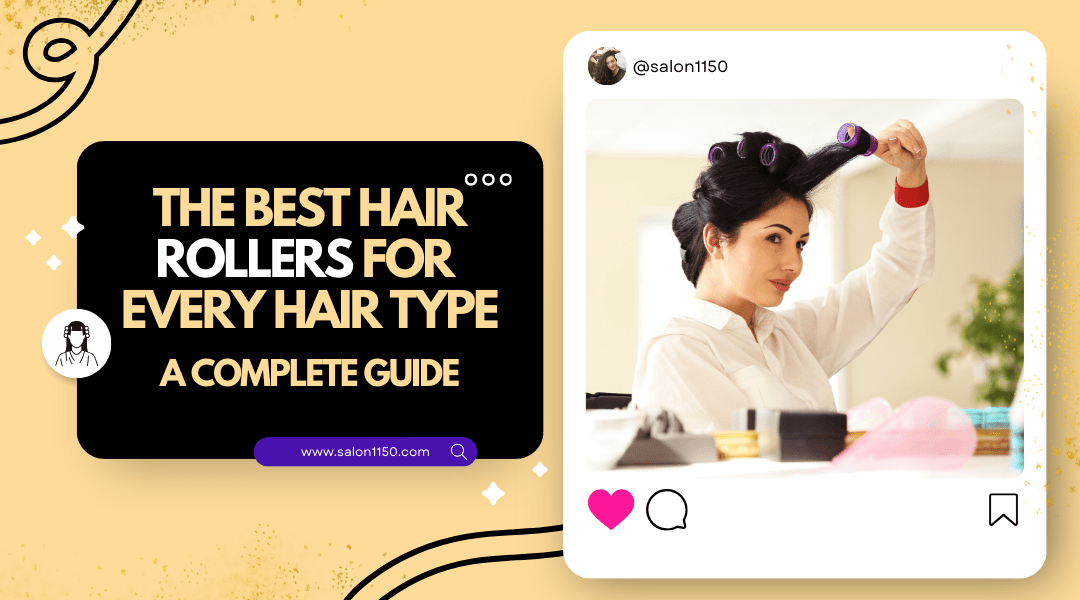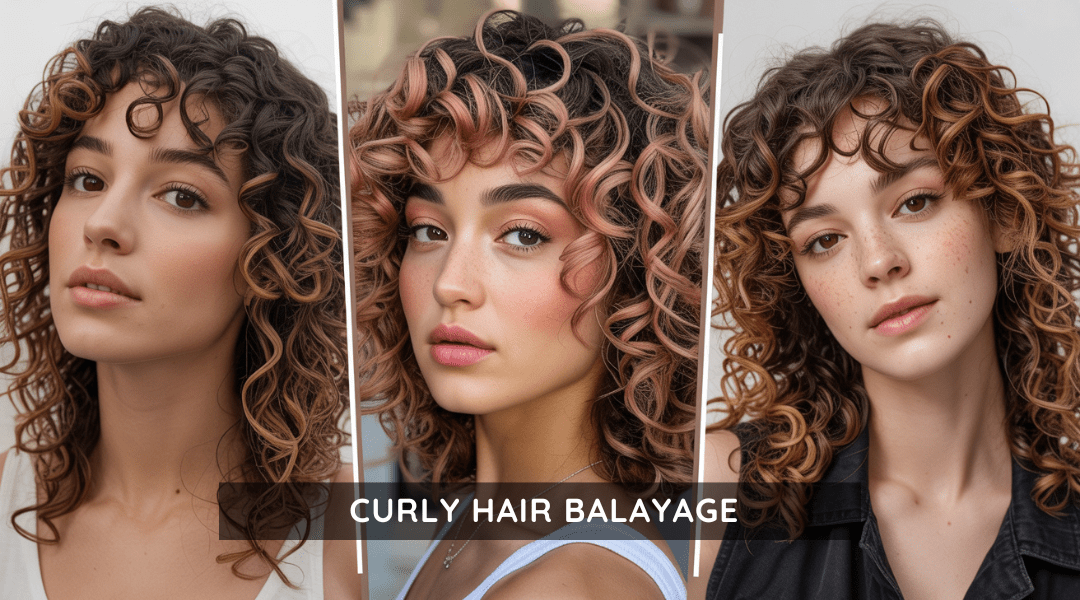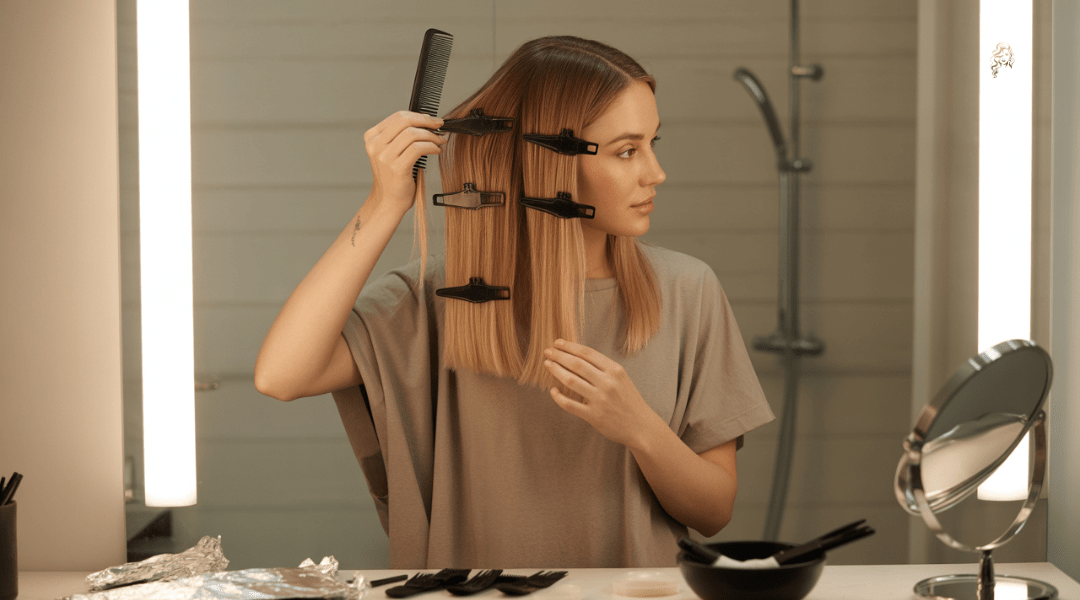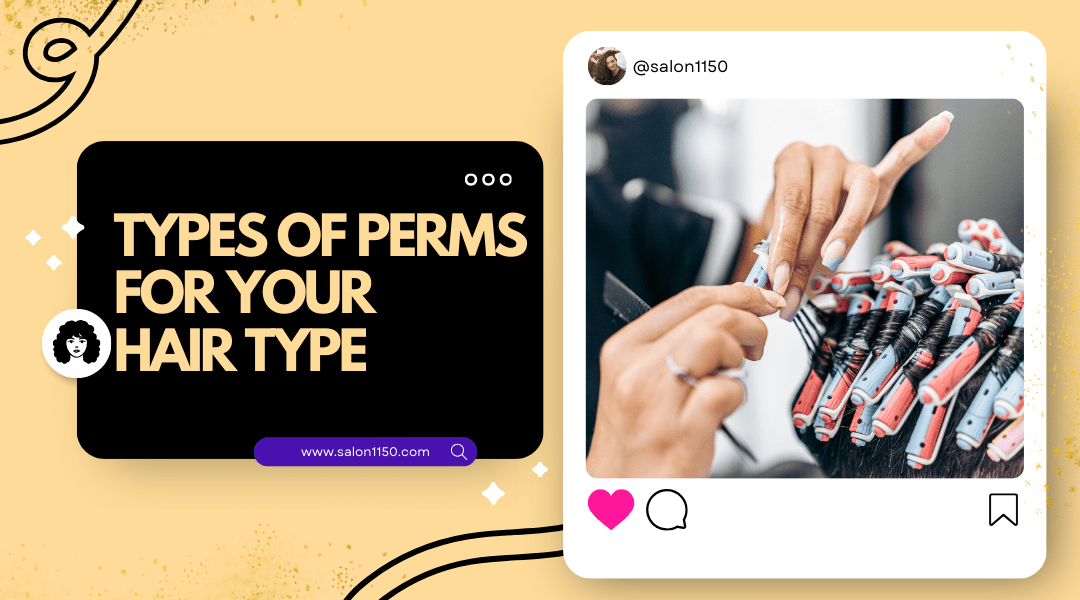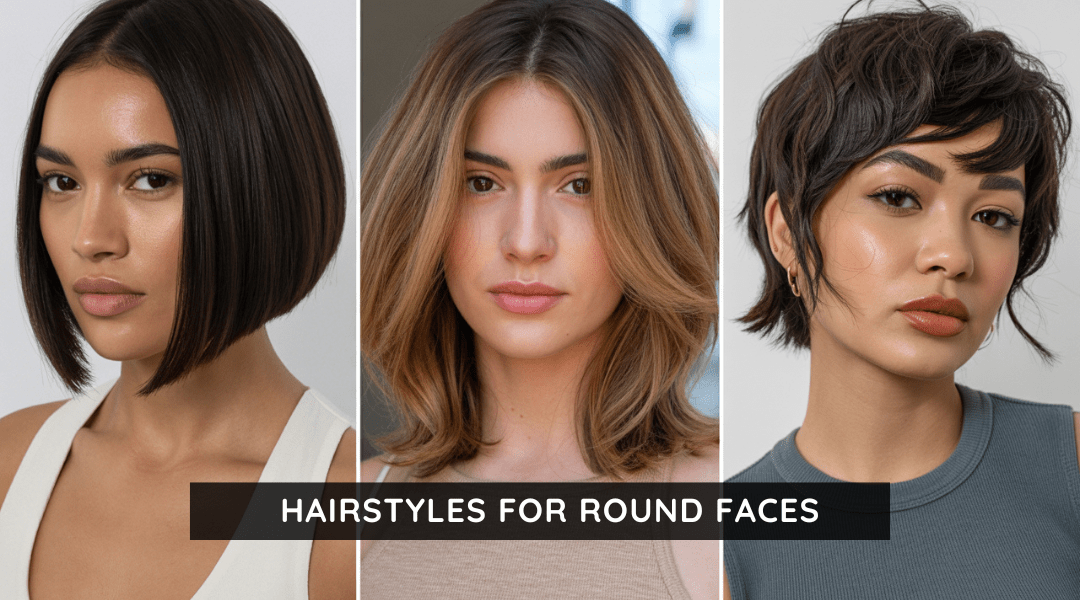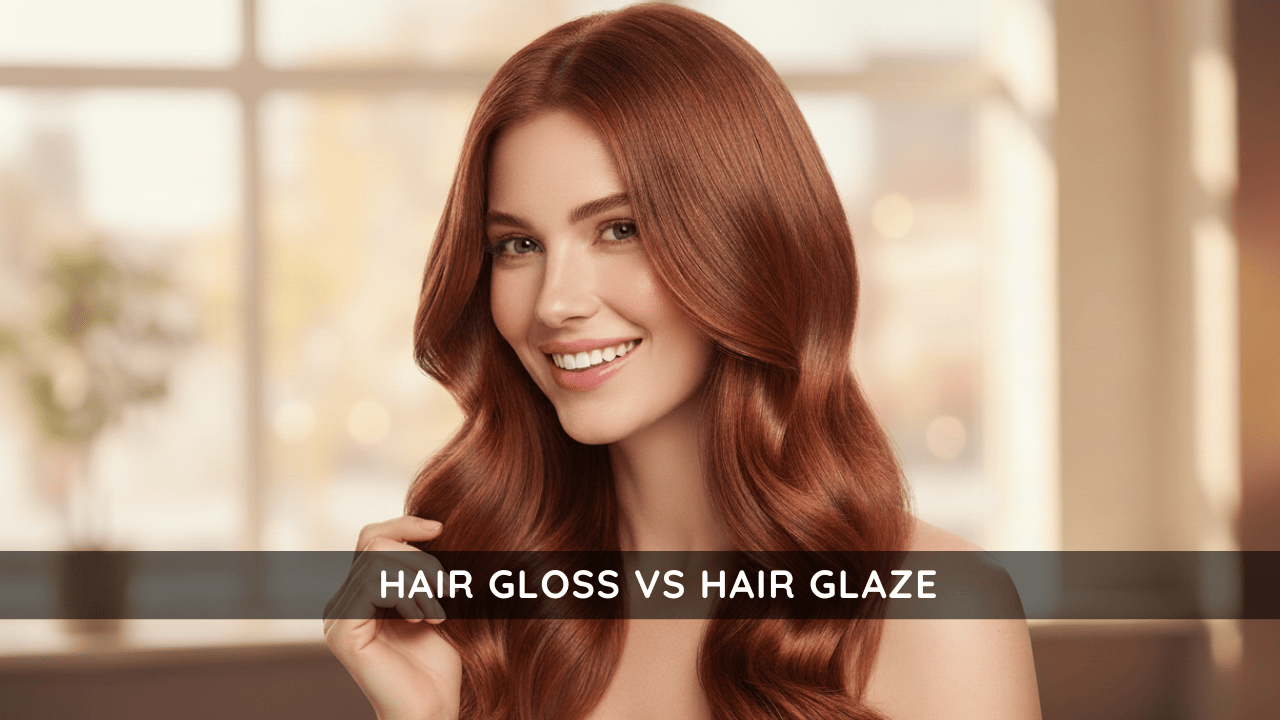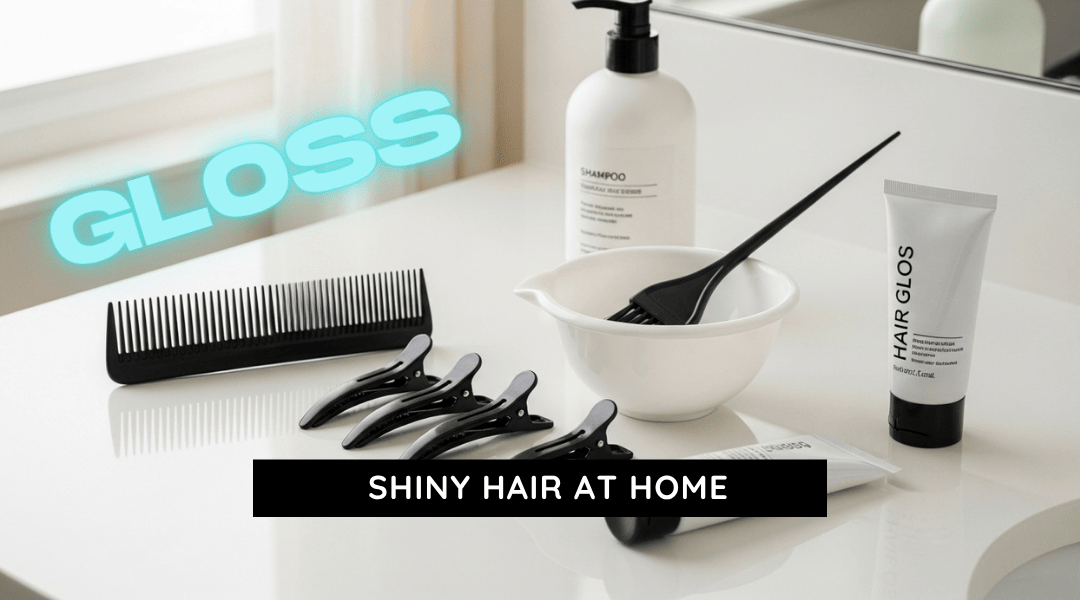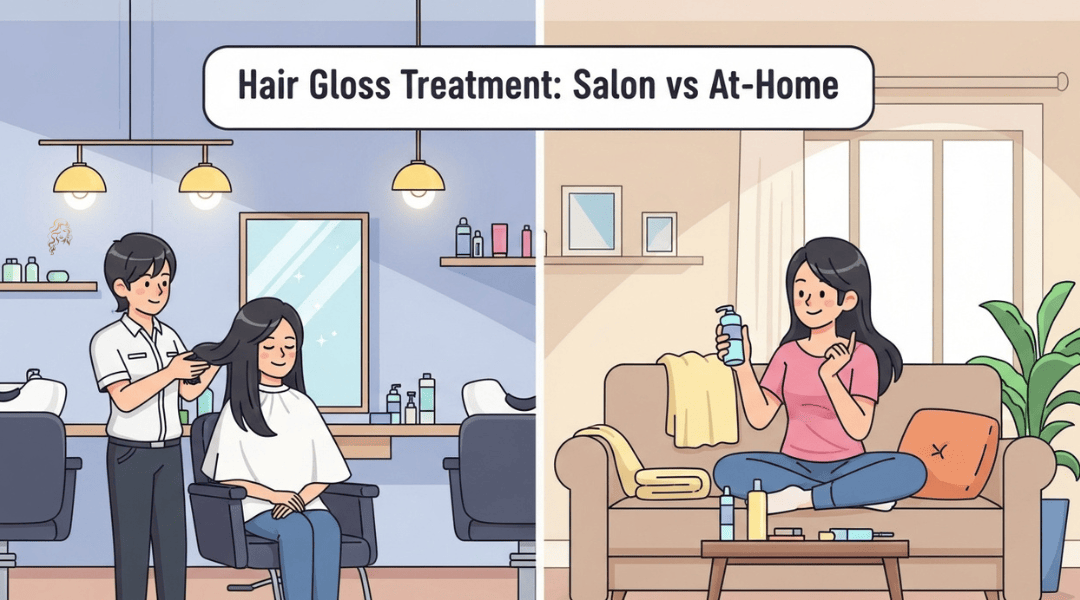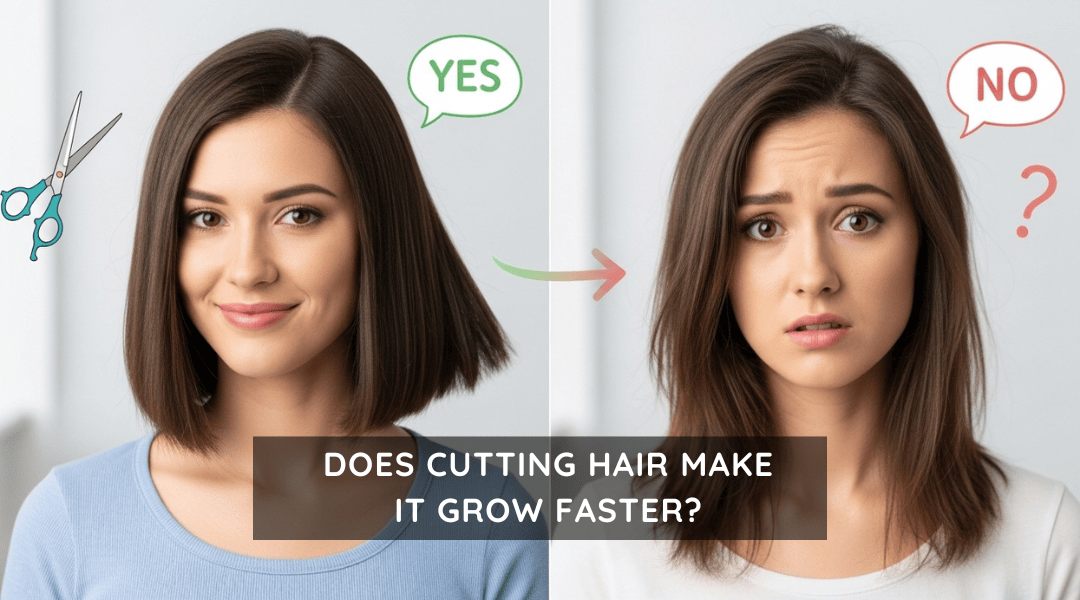14 Things to Know Before You Color Your Hair
- Written by: Talia Brooks
- Reviewed by: Riley Lane
- Updated: July 12, 2025
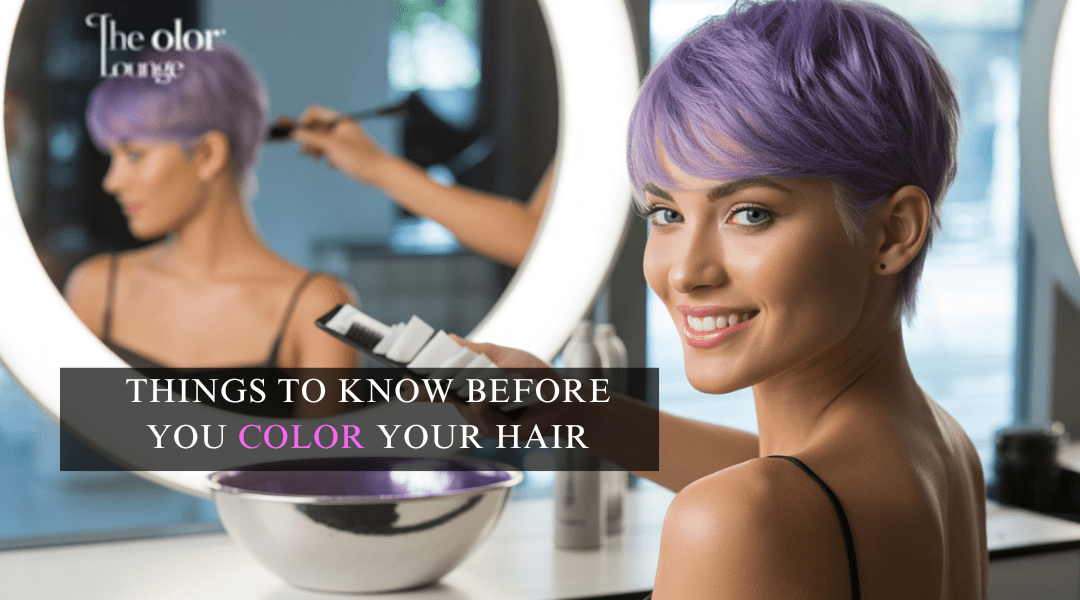
Coloring your hair is like painting a new canvas; it’s daring, unique, and thrilling, regardless of your hair color preferences; it’s bold, personal, and exciting. However, a little knowledge can mean the difference between a gorgeous glow-up and a hair disaster before you grab that dye or reserve a chair at the salon. Before you fully commit to that color change, here are 14 things you should know about everything from picking the perfect color to maintaining the softness and shine of your hair after the dye. From choosing the right color to keeping your strands soft and shiny after the dye, read this guide to know the important things before you color your hair.
1. Know Your Hair’s History
Your hair’s past treatments tell the real story of how it will handle new color. That “natural” henna from last year? It might contain metallic salts that turn your new blonde brassy green. Those box dyes you used between salon visits? They create unpredictable layers that affect how fresh color develops. Even old highlights can leave your hair porous, causing uneven color absorption.
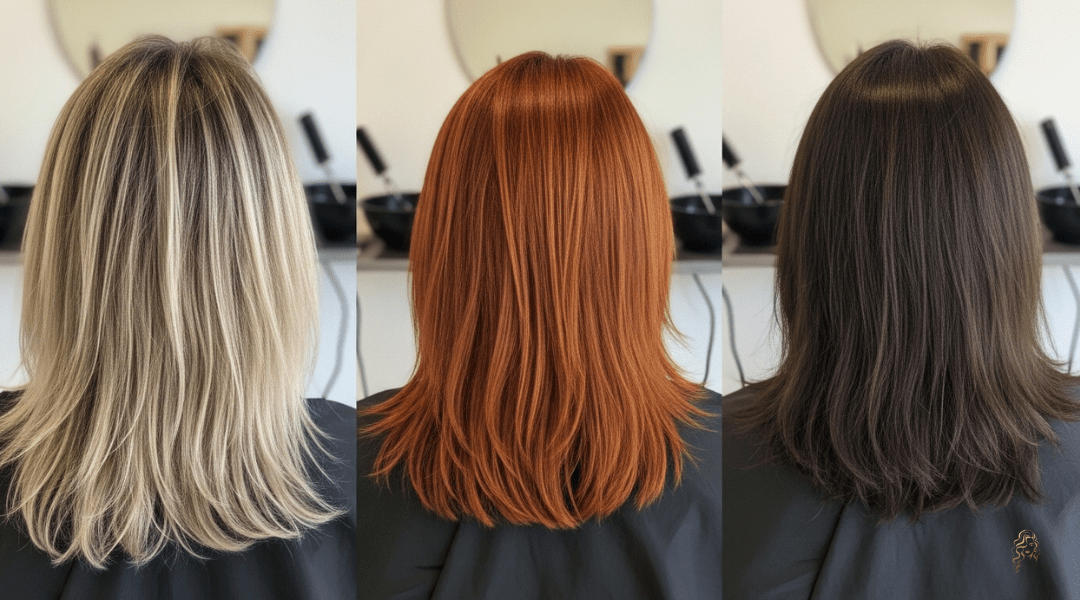
The solution is simple: spill every detail to your colorist or read box dye instructions carefully. If you’re unsure about your hair’s history, do a strand test first – it’s like a crystal ball for your color results. Remember, your hair has a memory, and it always remembers what you’ve done to it.
2. Understand Your Hair Type and Texture
Your hair’s natural texture and thickness dramatically impact how color behaves. Fine hair absorbs dye quickly, making color appear more vibrant, but it’s also more prone to damage from processing. Meanwhile, coarse or curly hair has a tighter cuticle layer, requiring longer processing times for even color penetration – rushing this often leads to patchy results.
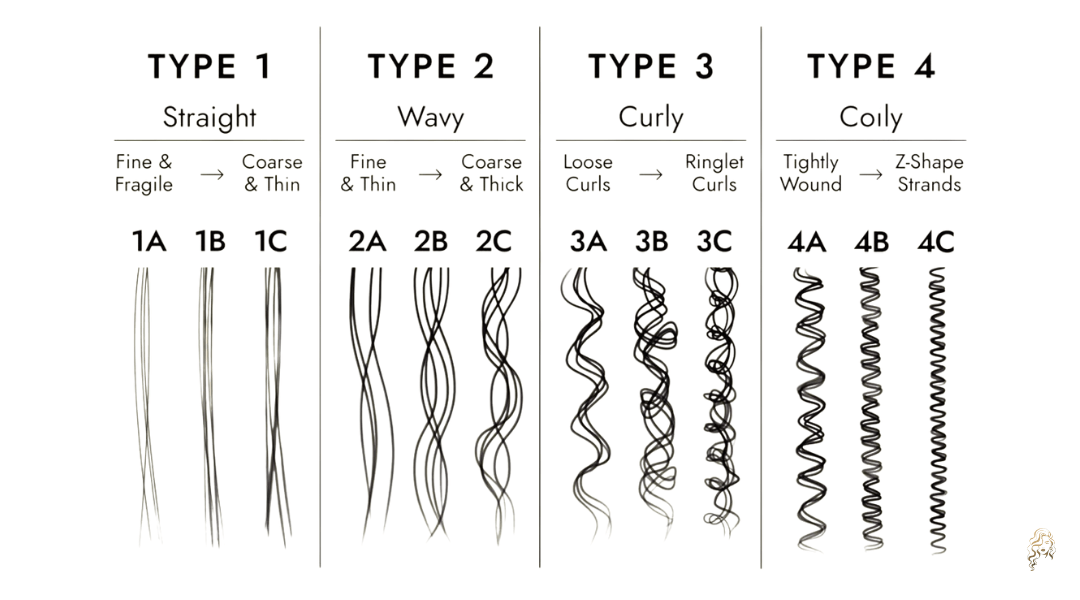
The golden rule? Match your coloring technique to your hair’s needs. Delicate fine strands do better with gentler demi-permanent formulas, while thick hair may need stronger developers for full saturation. Pro tip: Bring photos of your natural texture to your colorist – it helps them customize the approach for your unique hair structure.
3. Choose the Right Type of Hair Color
Not all hair color is created equal, and picking the wrong formula can mean the difference between salon-worthy results and a color catastrophe. Permanent dye lifts your natural pigment and deposits new color – ideal for gray coverage or dramatic transformations, but requiring frequent root touch-ups. Demi-permanent offers a gentler alternative that gradually fades over 6-8 weeks, perfect for blending grays or refreshing your natural shade without harsh chemicals.
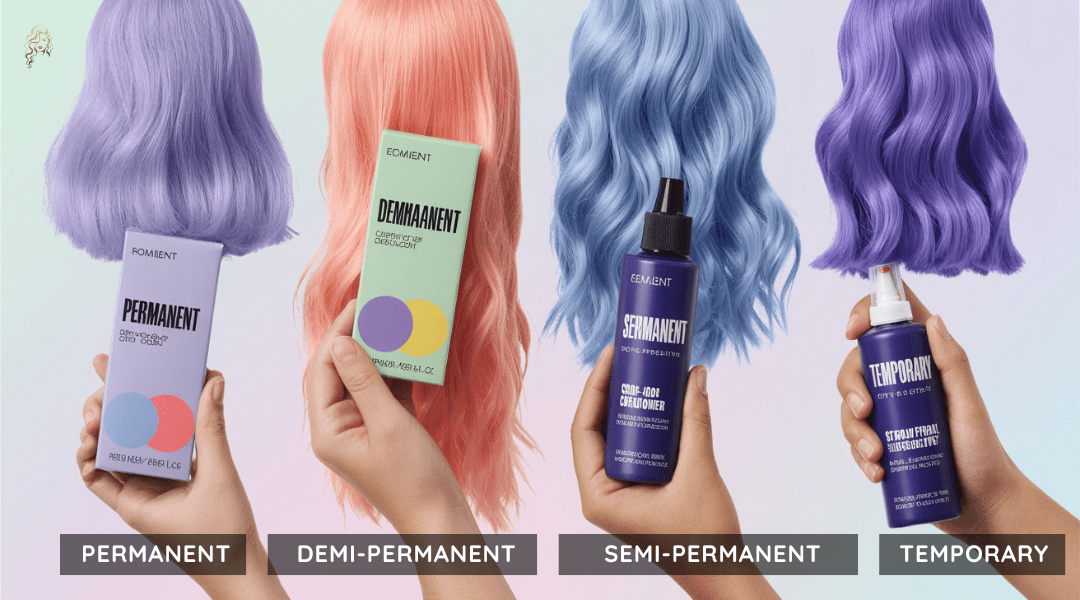
For commitment-phobes, semi-permanent (lasts 4-6 washes) and temporary options (washes out immediately) let you experiment risk-free.
Tip: Fashion colors like pastel pink or electric blue show best on pre-lightened hair – if you’re not ready for bleach, try a color-depositing conditioner instead.
Always consider your lifestyle; if you swim daily or can’t commit to monthly salon visits, a low-maintenance gloss might be a smarter choice than high-maintenance platinum.
Which Hair Color Formula is Right For You?
| Type | Key Features | Cons | Best For |
|---|---|---|---|
| Permanent | Long-lasting, covers grays fully | Requires frequent root touch-ups | Dramatic changes, gray coverage |
| Demi-Permanent | Gentle, fades naturally (6-8 wks) | Less vibrancy on dark hair | Refreshing natural shade |
| Semi-Permanent | No developer, minimal damage | Fades in 4-6 washes | Experimenting with bold colors |
| Temporary | Washes out immediately | Limited pigment payoff | Costume looks or test runs |
4. Set Realistic Expectations for Results
Hair coloring isn’t always an instant transformation. Depending on your current shade, hair condition, and even the products used, achieving your desired color might take more than one session. It’s normal, and it’s better to be patient than end up disappointed. Take some time to check out real before-and-after results or get advice from a pro so you know what to expect before the first dye touches your hair.
5. Pick a Shade That Complements Your Skin Tone
The right hair color doesn’t just change your look, it can brighten your complexion, accentuate your features, and even make you look more rested. The secret? Your skin’s undertones. Warm undertones (golden, peachy, or yellow) glow with honey blondes, caramel browns, and copper reds, while cool undertones (pink, red, or blue) shine with ash blondes, espresso brunettes, and berry-toned reds. Not sure? Check the veins on your wrist, greenish means warm, bluish means cool.
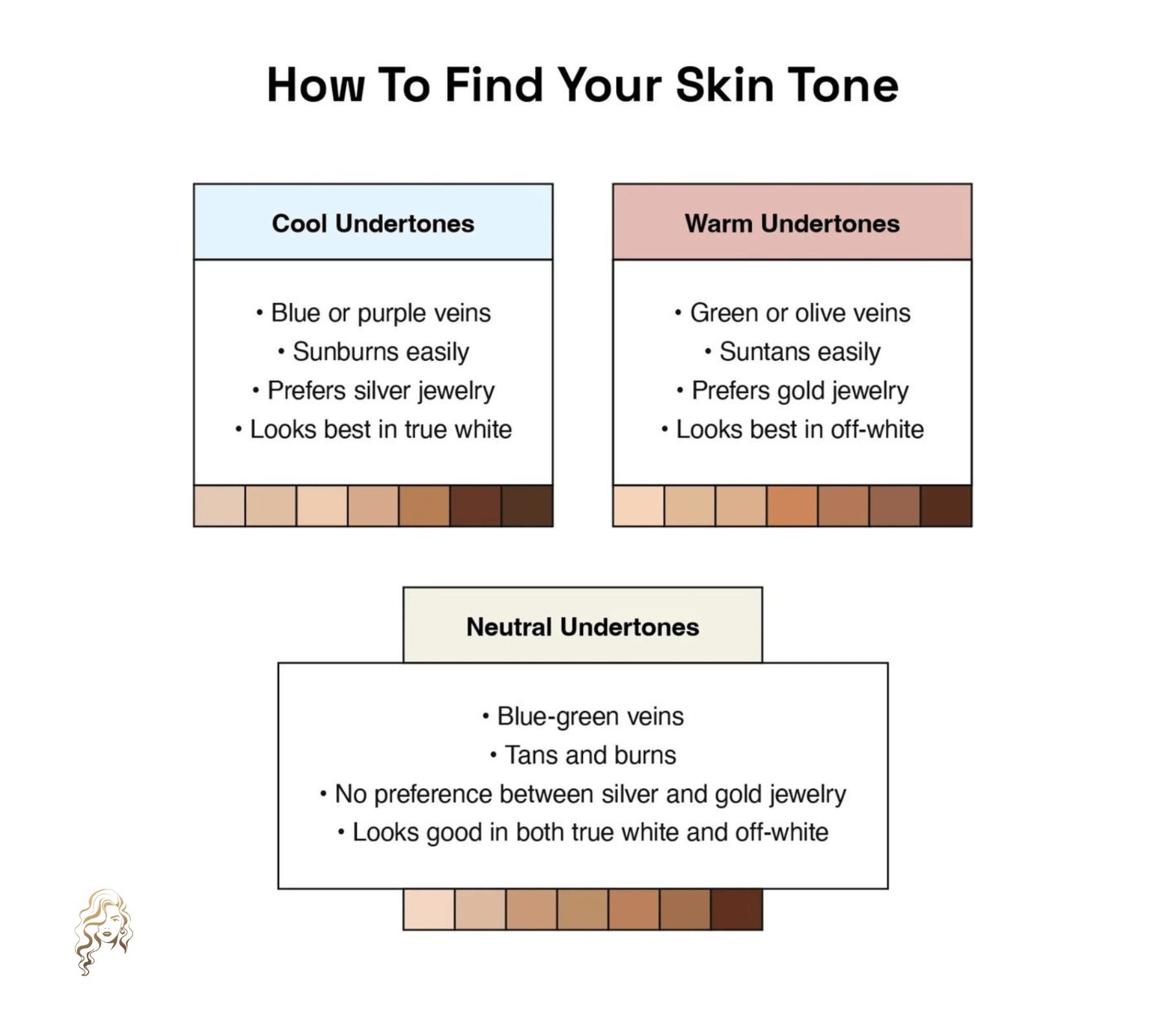
Did you know only 2% of adults are naturally blonde? If you’re aiming for golden locks, you’re joining an exclusive club!
But rules are made to be broken. If you’re drawn to a shade outside your “season,” a skilled colorist can tweak it, adding a golden gloss to warm up an ash blonde or a neutral base to soften a bold red. Bring makeup-free selfies in natural light to your consultation, and don’t be afraid to test-drive options with virtual try-on tools first.
6. Be Prepared for Maintenance and Upkeep
New hair color means new responsibilities. Vibrant reds and pastels fade fast, while darker shades need root touch-ups every 4-6 weeks. Plan for regular salon visits or at-home touch-up kits. And don’t forget, color-treated hair loves sulfate-free shampoos to keep that shade popping.
7. Weigh the Potential for Damage
Coloring your hair is essentially a chemical negotiation, you’re trading some natural integrity for that gorgeous new shade. Bleach, while transformative, works by forcibly opening the hair cuticle to strip pigment, leaving strands more porous and vulnerable to breakage. Even permanent dyes without lightener can cause stress over time, especially on already compromised hair. The damage often shows up as dryness, split ends, or that dreaded “straw-like” texture.
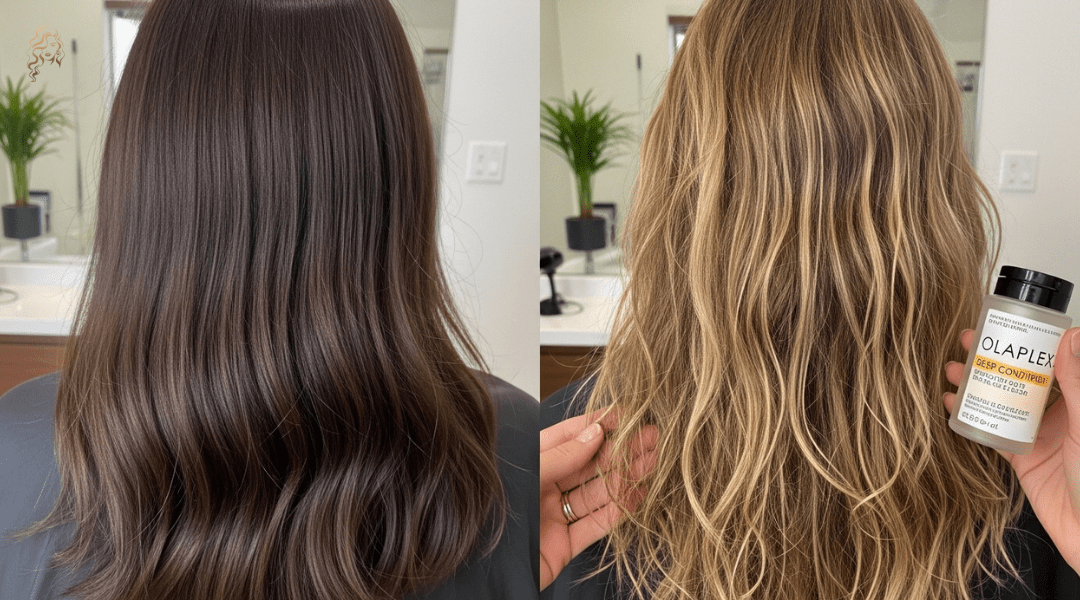
Before diving in, do a honest assessment of your hair’s health. If your ends are snapping off or your hair feels gummy when wet, it’s smarter to focus on repair first. Try a protein treatment or olaplex bond-building system before coloring. For damaged hair, consider gentler options like gloss treatments or demi-permanent color that deposit rather than lift. Remember: The best color starts with healthy hair, it’s worth the extra prep time to avoid ending up with beautiful but broken strands.
8. Plan Your Budget and Pre-Color Consultation
Coloring your hair can get pricey. Salon visits can cost a lot, and even though at-home kits are cheaper, they don’t always give the best results. You’ll also need to keep up with touch-ups, which means more money and time later. If you’re going to a salon, book a consultation first. This is your chance to spill the tea on your hair goals, lifestyle, and budget. A good colorist will assess your hair, suggest realistic shades, and map out a plan. It’s also a vibe check, make sure you click with your stylist before committing!
9. Don’t Skip the Patch or Strand Test
This one’s non-negotiable. A patch test (dab some dye on your inner arm 48 hours before) checks for allergic reactions; nobody wants an itchy scalp disaster. A strand test (color a small, hidden section) shows how the dye will look on your hair. These steps are your insurance policy against a color mishap.
10. Prep Your Hair Before Your Appointment
Show up with clean-ish hair, ideally washed a day or two before. Freshly washed hair can be too “squeaky clean,” leaving your scalp sensitive to dye. Skip heavy styling products like gels or oils, as they can block color from penetrating evenly. Your hair should be ready to soak up that new shade.
11. Understand How and When Hair Color Fades
Hair color is a commitment with an expiration date, some shades just check out faster than others. Vibrant fashion colors (like pastel pinks or electric blues) typically fade quickest, often lasting just 4-6 washes, while natural-looking brunettes and blondes tend to hold on longer. But it’s not just about the hue, your habits play a huge role. Hot showers, chlorine, saltwater, and even hard water minerals act like color thieves, stripping away your fresh dye job faster than you can say “brassiness.”

To keep your color looking salon-fresh, strategize from the start if you’re a daily swimmer or can’t resist steaming-hot showers, lean toward deeper, more forgiving shades. Invest in color-safe sulfate-free shampoos and weekly gloss treatments to extend your color’s lifespan. And always remember: The more dramatic your color change, the more maintenance it will demand, so choose a shade that fits your lifestyle, not just your mood board.
12. Commit to a Strong Aftercare Routine
Think of your freshly colored hair like a delicate silk blouse; it needs special care to stay vibrant. Sulfate-free shampoos are non-negotiable; they gently cleanse without stripping your color like harsh detergents. For extra protection, wash with cool water (hot water opens hair cuticles, letting color molecules escape) and always follow with a color-locking conditioner.
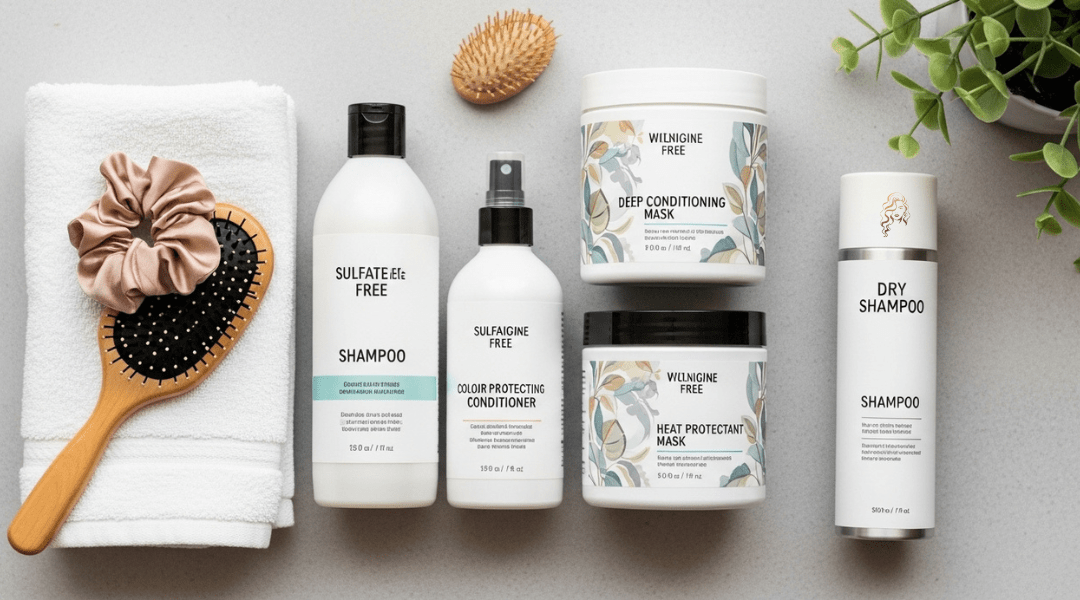
Take hydration seriously, a weekly deep conditioning mask replenishes moisture lost during coloring. Before heat styling, always apply a thermal protectant (look for ones with UV filters to prevent sun fading). Pro tip: Schedule your hair washes, every 2-3 days is ideal, and use dry shampoo in between to minimize color fade. Your color will stay richer 50% longer with proper aftercare.
13. Know When to DIY and When to See a Pro
DIY coloring is great for root touch-ups or subtle changes, like going a shade darker. But big transformations, like brunette to platinum or adding intricate balayage, are best left to pros. If you’re unsure, start with a semi-permanent dye at home to test the waters before committing to a salon-worthy overhaul.
14. Consider Scalp Sensitivity and Skin Conditions
If your scalp gets irritated easily, hair color can turn into absolute torture. I’ve seen clients scratch their heads raw after using box dye because they didn’t realize how harsh the chemicals would be. If you’ve got eczema, psoriasis, or just a sensitive scalp, permanent dyes with ammonia or peroxide will light you up like a Christmas tree.
Here’s the real talk:
- Patch test isn’t optional – Slap some dye behind your ear 2 days before. If it burns or itches, abort mission.
- Salon secrets – Ask for “root shadowing” instead of full bleach if your scalp’s sensitive. It hurts less.
- At-home fixes – Coconut oil on your scalp 30 minutes before coloring creates a barrier. Trust me, it helps.
- When to walk away – If your scalp’s currently flaking or inflamed? Reschedule. No color is worth that pain.
Hair Coloring FAQs
How can I make my hair color last longer?
Use sulfate-free shampoo and cold water when washing to prevent fading. Limit washing to 2-3 times weekly, and apply a color-protecting mask weekly. Avoid chlorine, heat tools, and sun exposure without UV-protectant products.
What Should I Do if I Don’t Like My Hair Color After Dyeing?
First, wait 48 hours before taking action; some colors oxidize and soften. For too-dark results, try a clarifying shampoo to fade color gradually. If it’s brassy, use a toning shampoo (purple for blondes, blue for brunettes). For drastic mishaps, visit a professional colorist; they can safely correct it without excessive damage.
Can I color my hair at home after salon treatments?
Yes, but always do a strand test first; salon chemicals can react unpredictably with box dye. For best results, wait at least two weeks after a professional color service. Use a gentle demi-permanent or gloss formula to blend tones. Avoid bleach or high-lift dyes without a stylist’s guidance.
What’s the least damaging hair color option?
Semi-permanent or demi-permanent dyes cause the least damage because they don’t contain ammonia or strong developers. For zero damage, try temporary rinses or color-depositing conditioners. Always pair with a bond-repair treatment (e.g., Olaplex) for extra protection.
How often should I do root touch-ups?
Every 4–6 weeks for permanent color, or 6–8 weeks for demi-permanent. Faster-growing hair or high-contrast shades (e.g., platinum blonde on dark roots) may need touch-ups every 3 weeks. Use dry shampoo to extend time between appointments.
Should I wash my hair before coloring or dyeing it?
Wash your hair 24-48 hours before coloring to allow natural oils to protect your scalp, but avoid washing immediately before as this can cause irritation. Skip conditioners and styling products so the dye adheres properly to your hair strands.
What should I do before dyeing or coloring my hair at home?
Conduct a patch test 48 hours prior to check for allergies, do a strand test for color results, and gather all tools (gloves, brush, timer). Apply petroleum jelly along your hairline to prevent staining, and wear old clothes you don’t mind ruining.
Should I dye or color my hair – and is it the right choice for me?
Consider your hair health, maintenance commitment, and desired change. If your hair is damaged or you want major lightening, consult a professional. For subtle changes or healthy hair, at-home coloring may work. Always weigh potential damage against your desired look.
Final Thoughts
Coloring your hair can be one of the most fun and confidence-boosting changes you make, but it works best when you go in prepared. Whether you’re trying something bold or just freshening up your natural shade, knowing what to expect can save you from stress, damage, or a color that doesn’t match your vision.
Keep these 14 tips in mind, take your time, and don’t be afraid to ask for help when needed. With a little planning and care, your hair transformation can be everything you hoped for and maybe even better.


